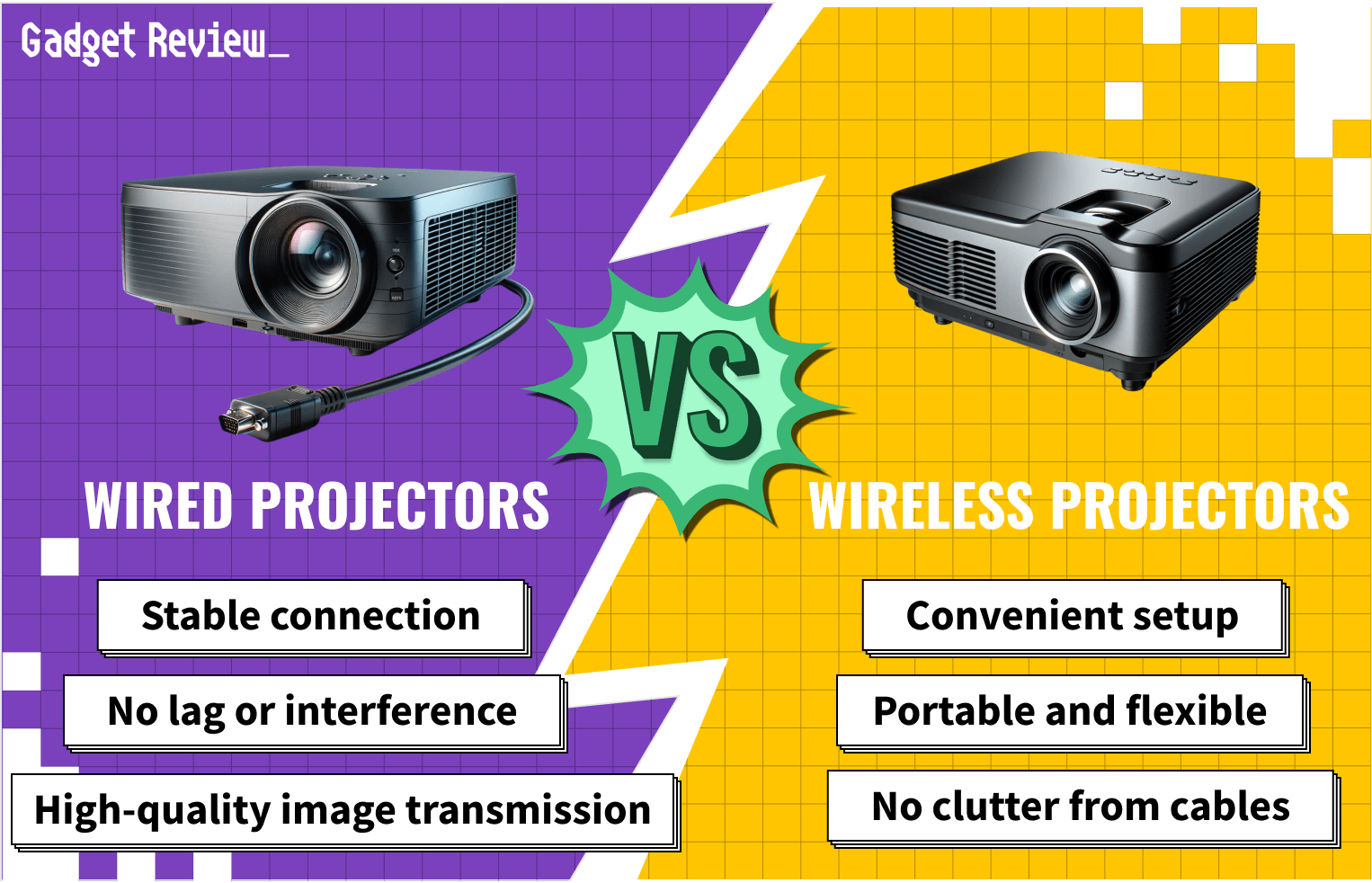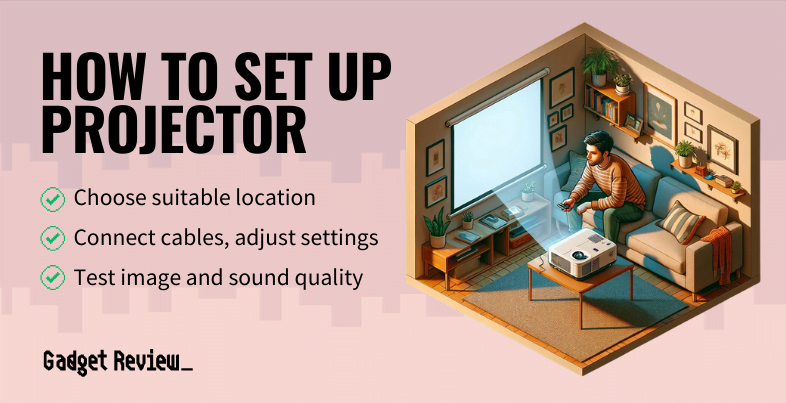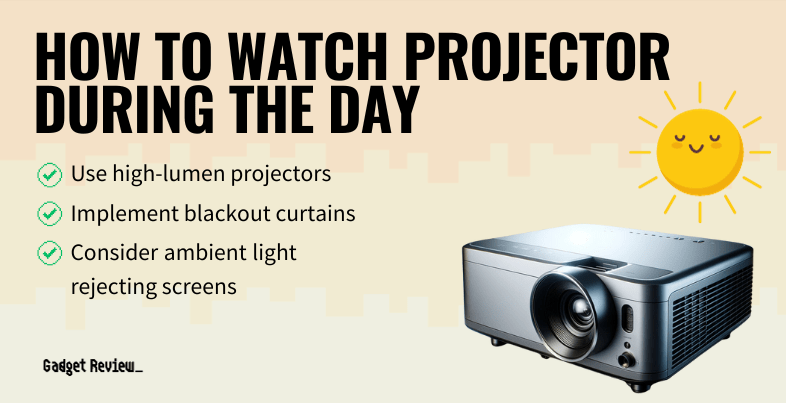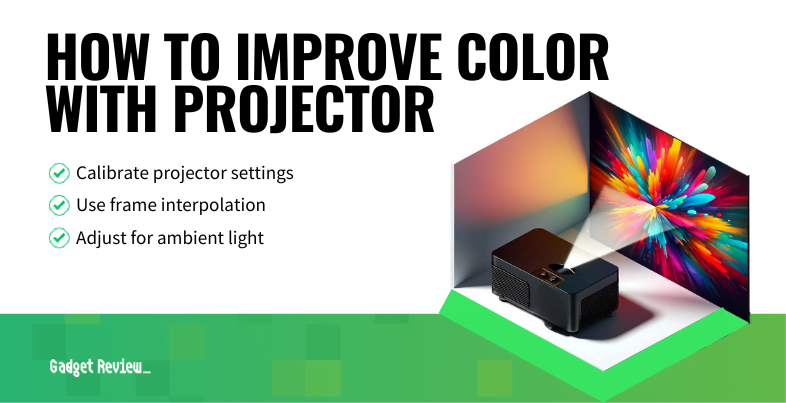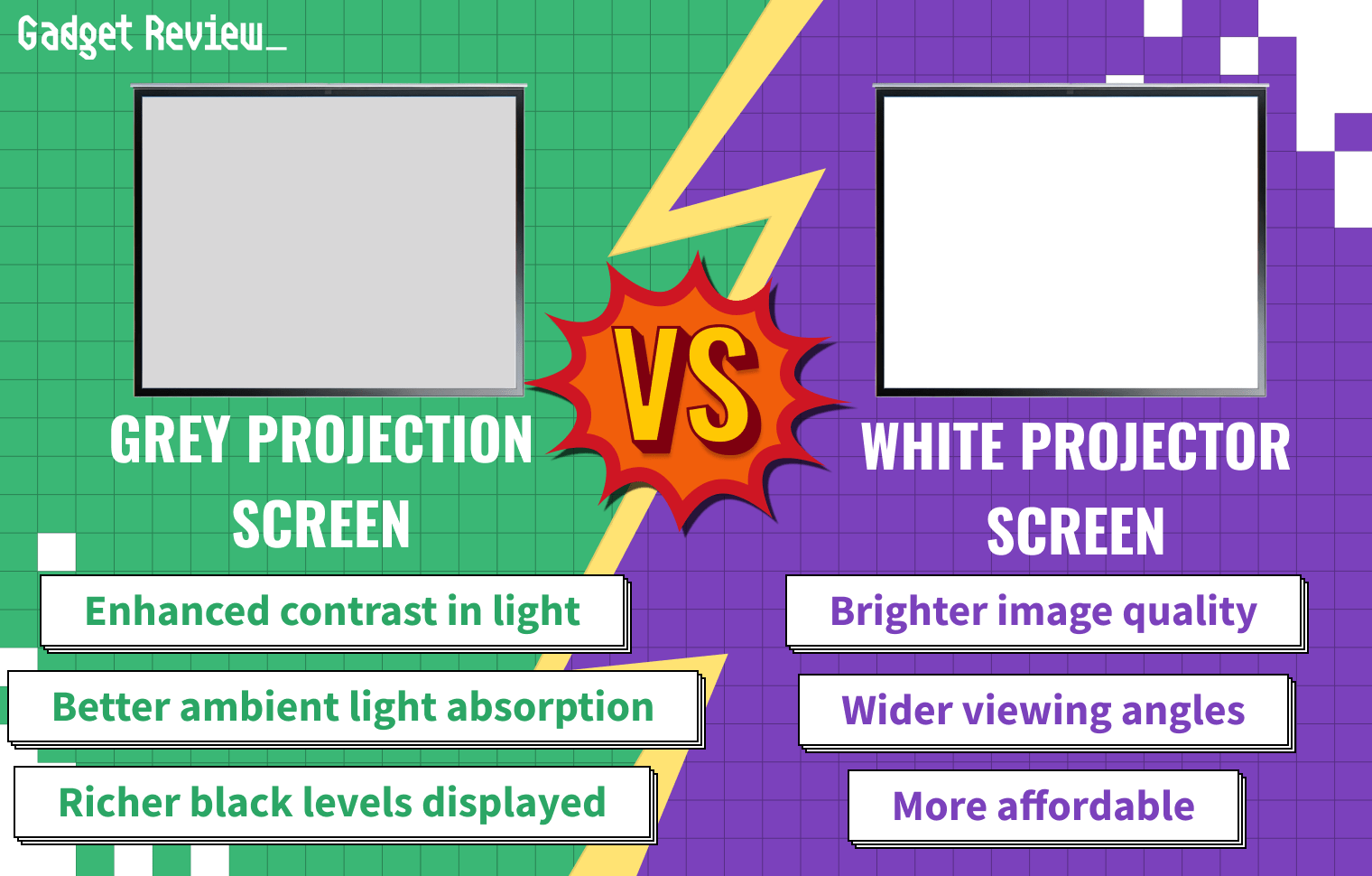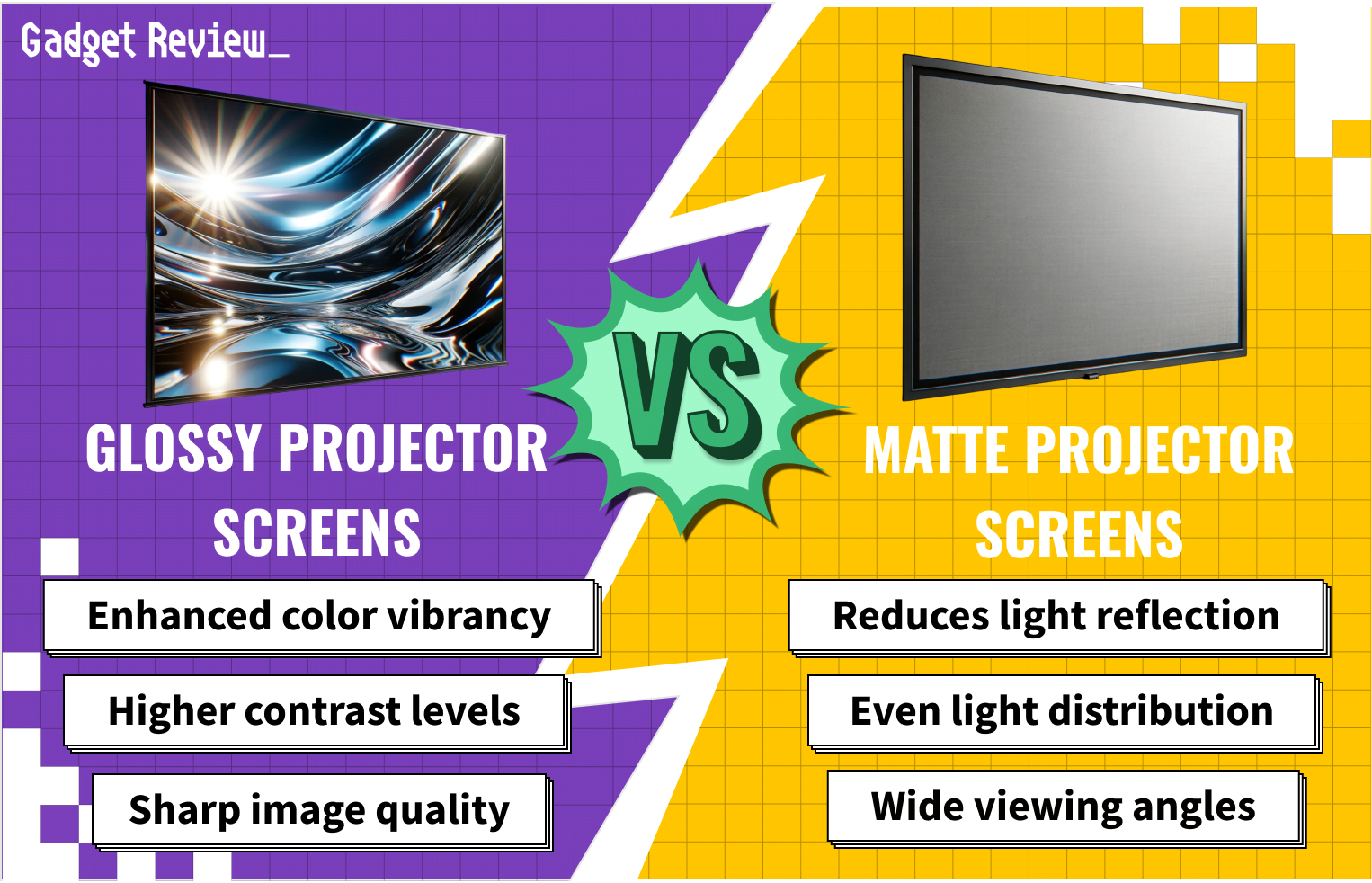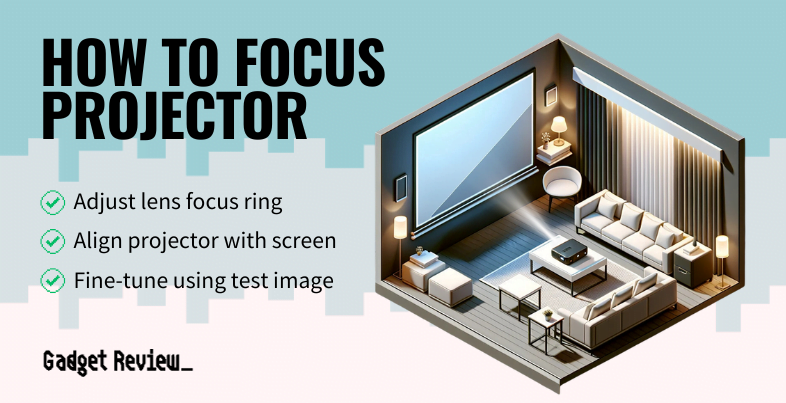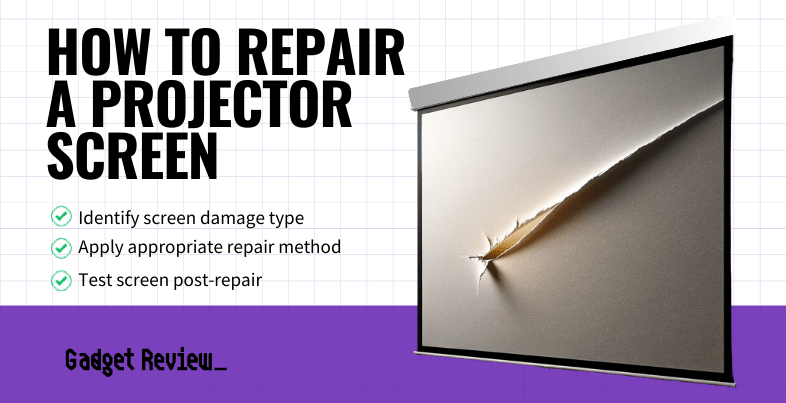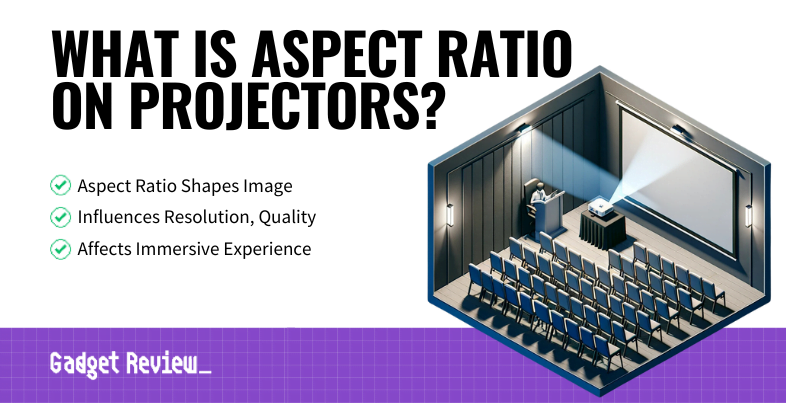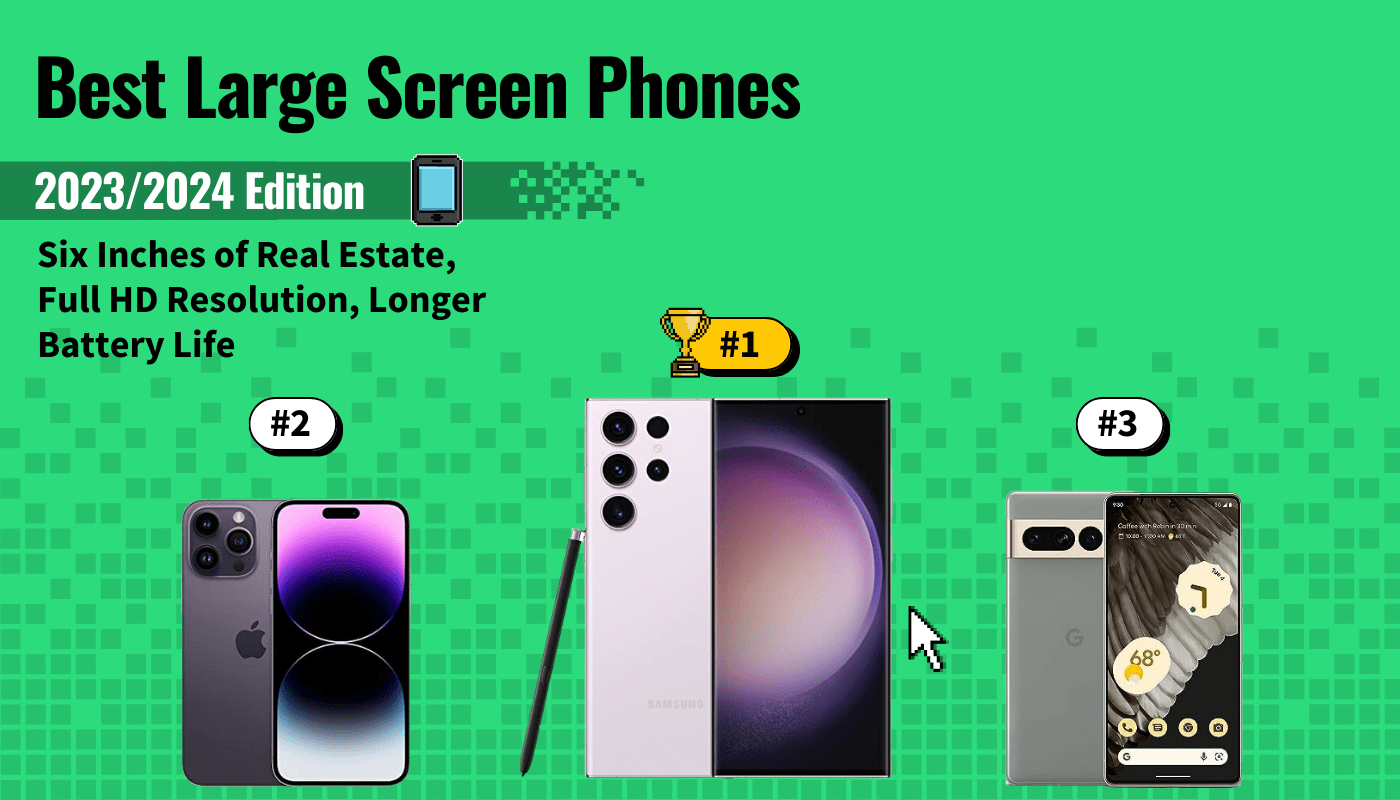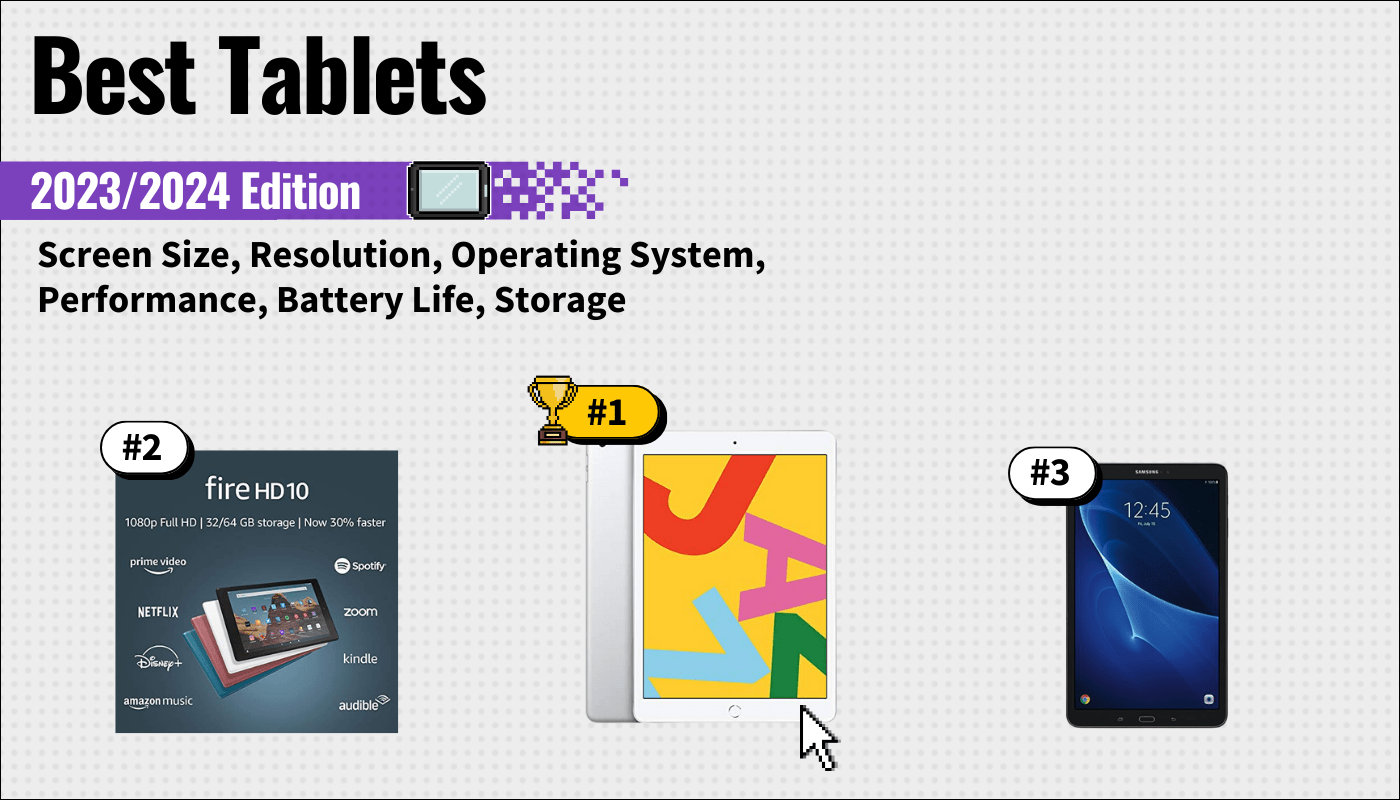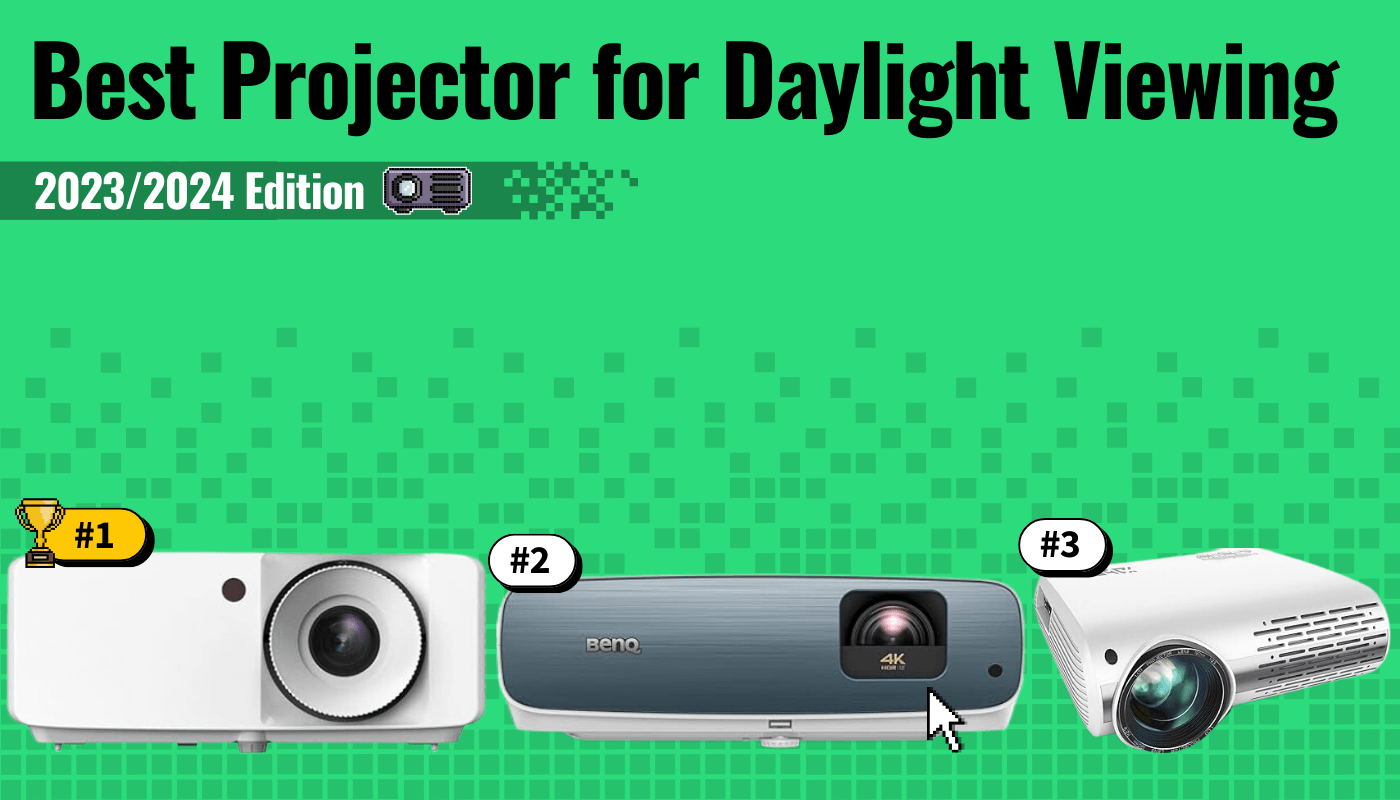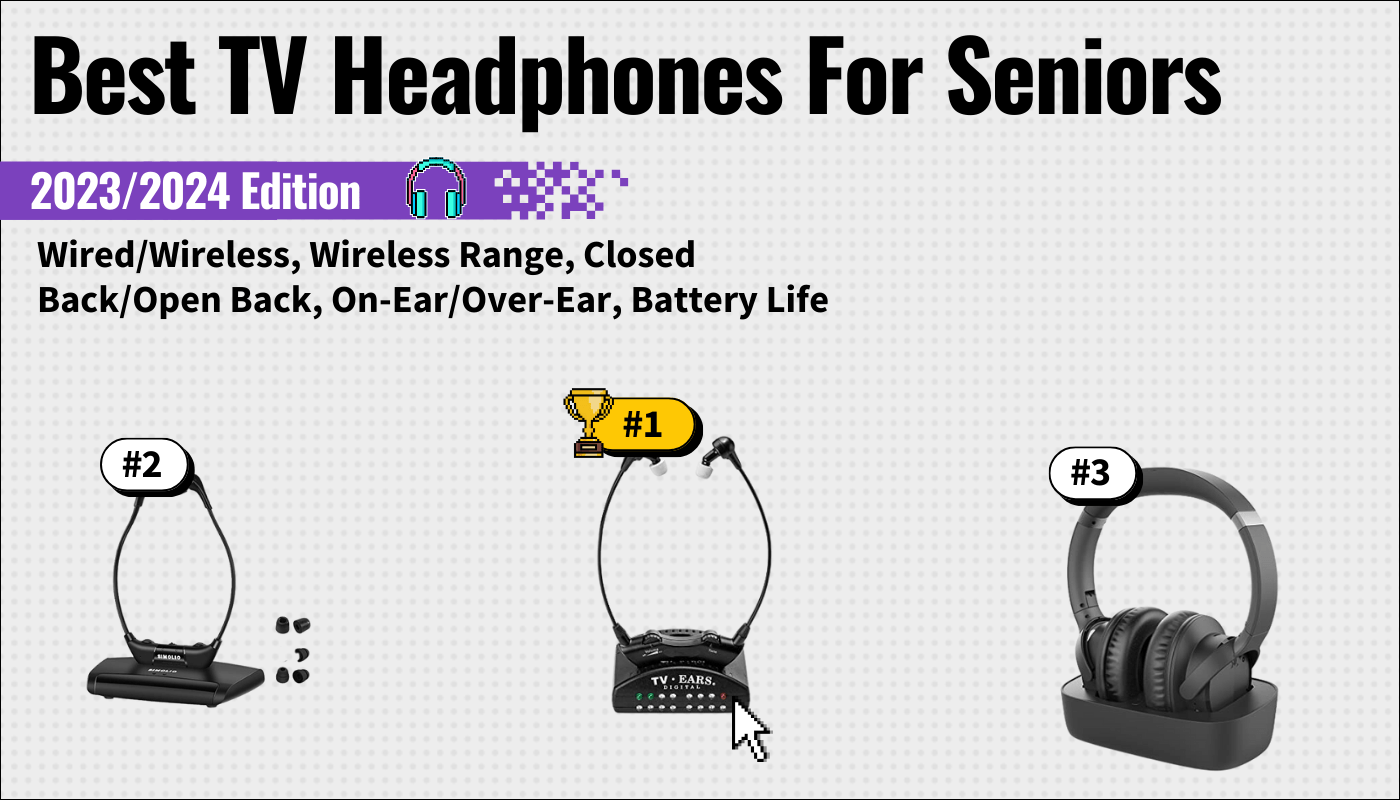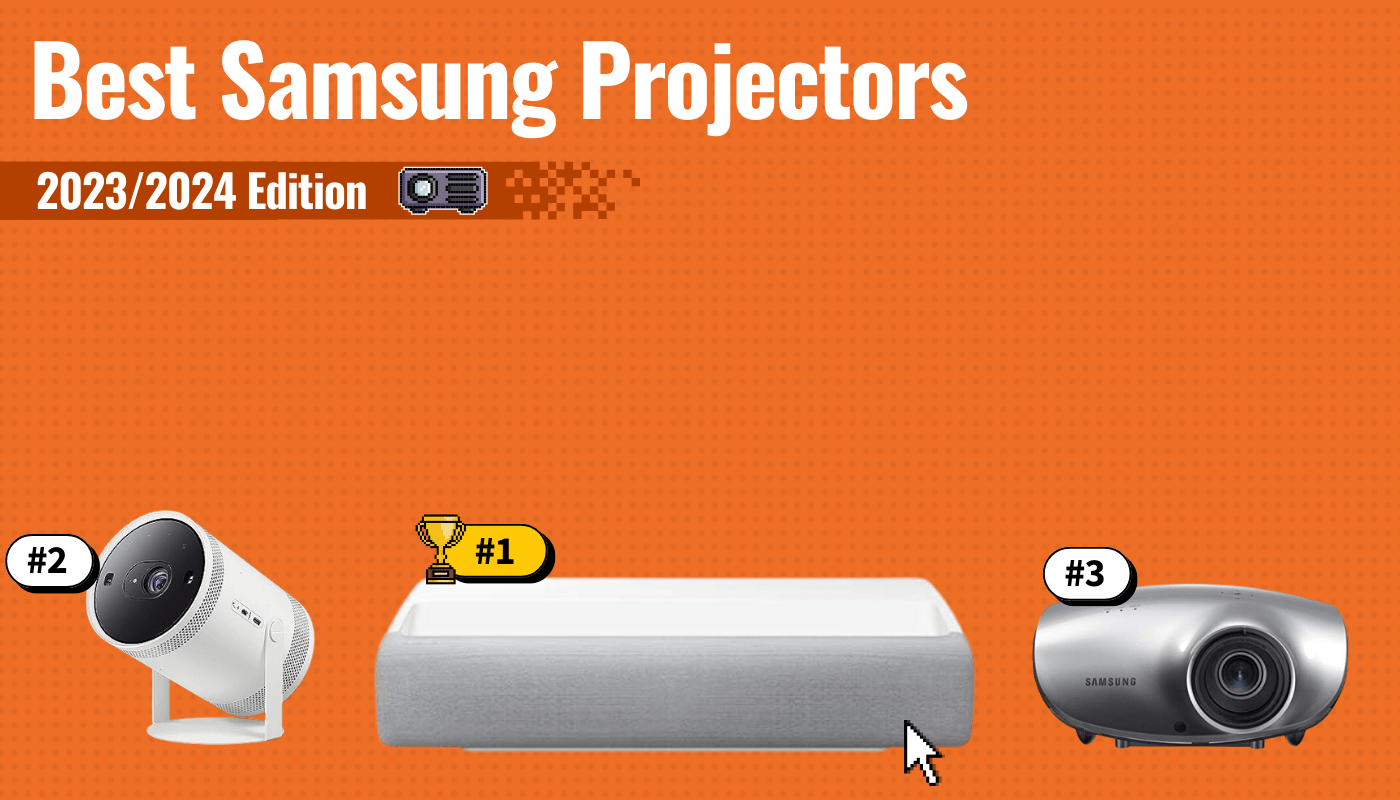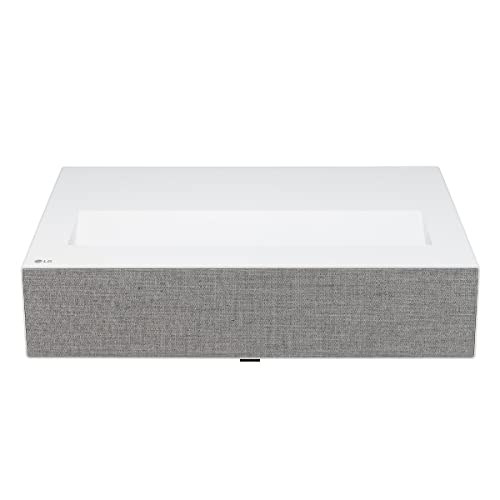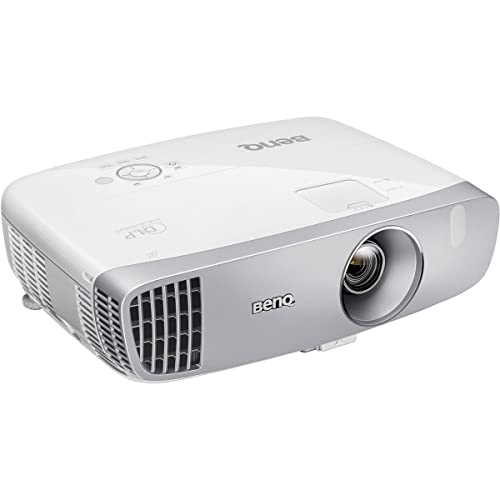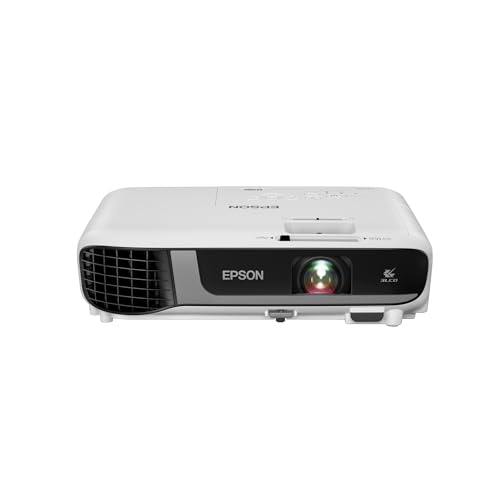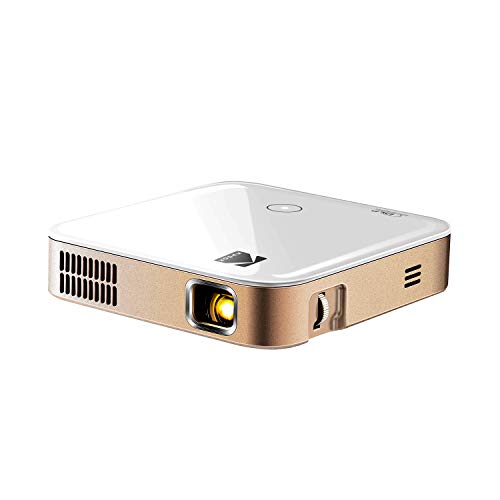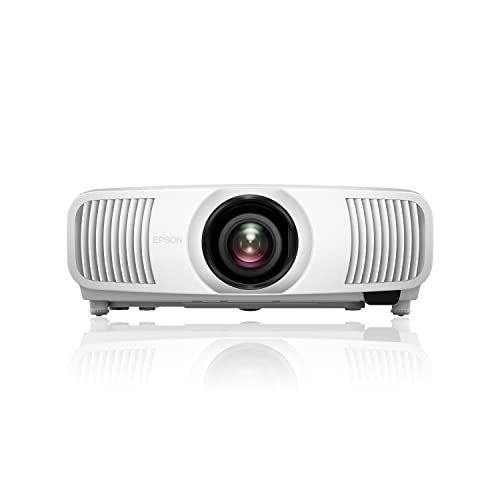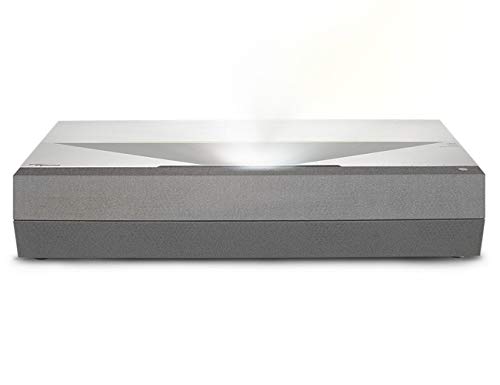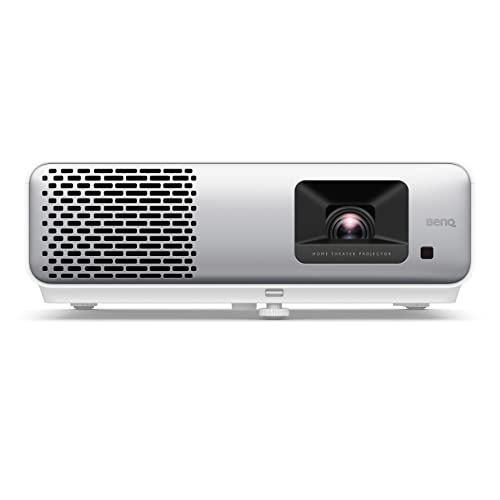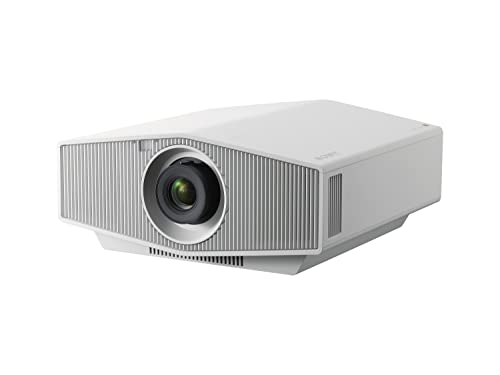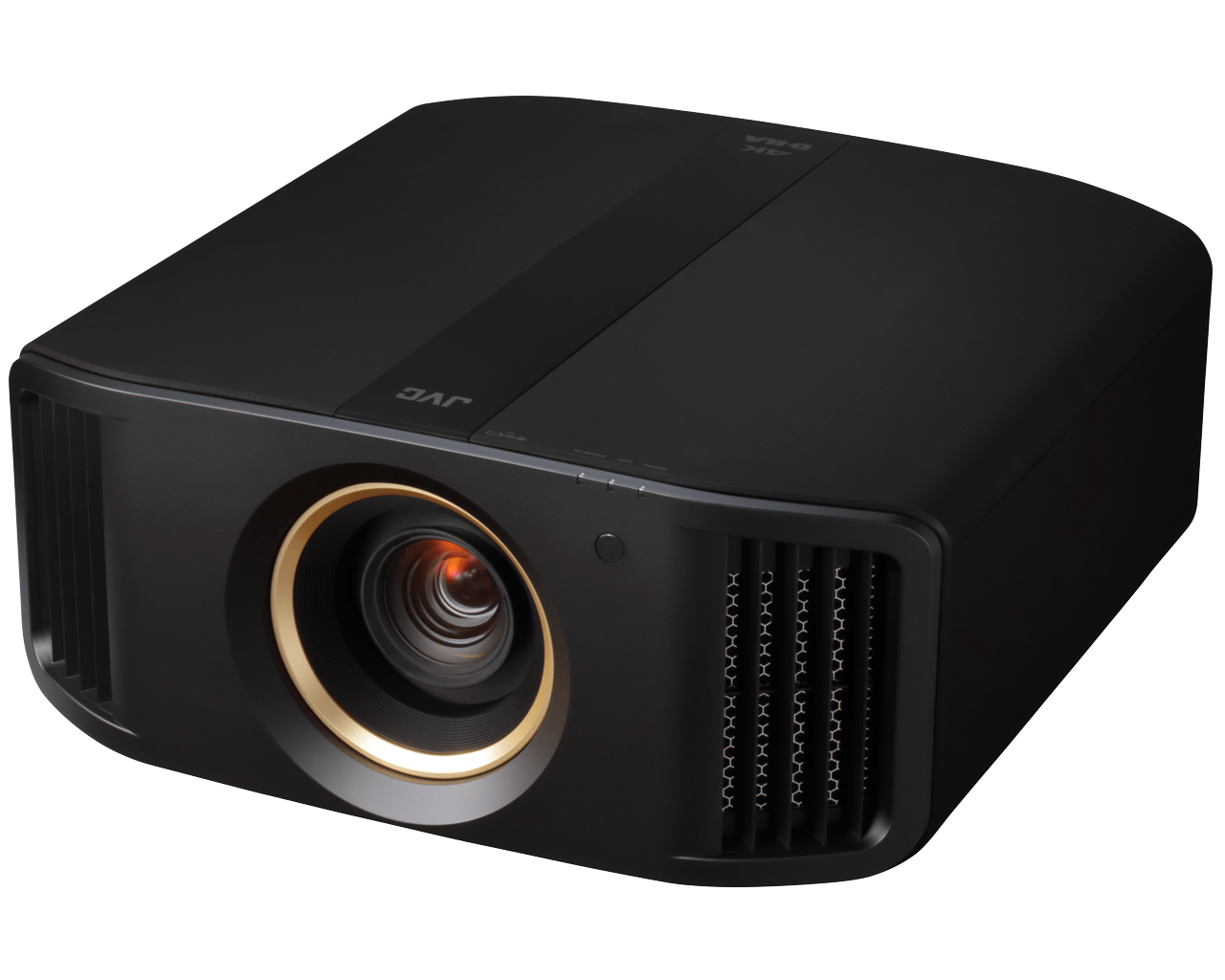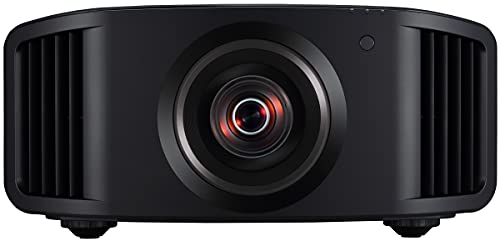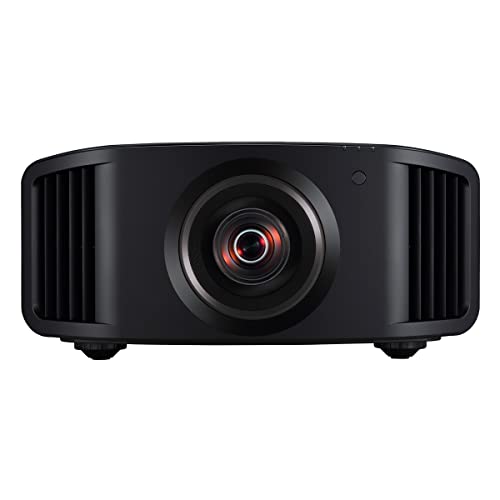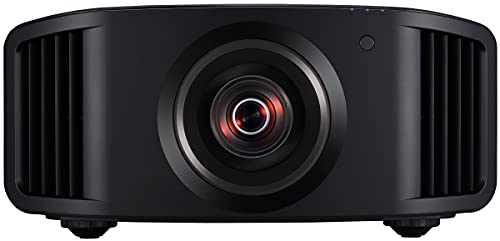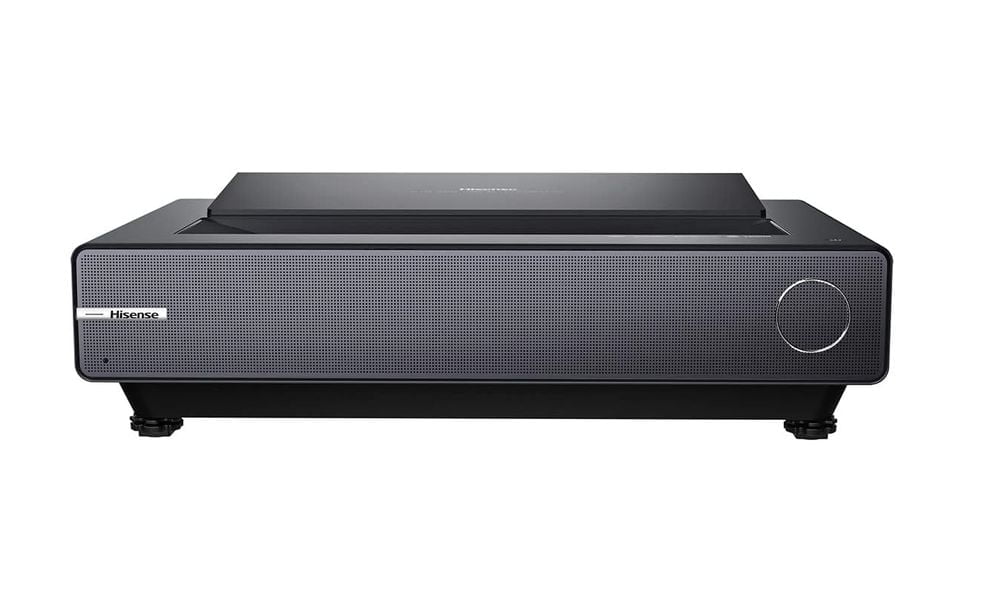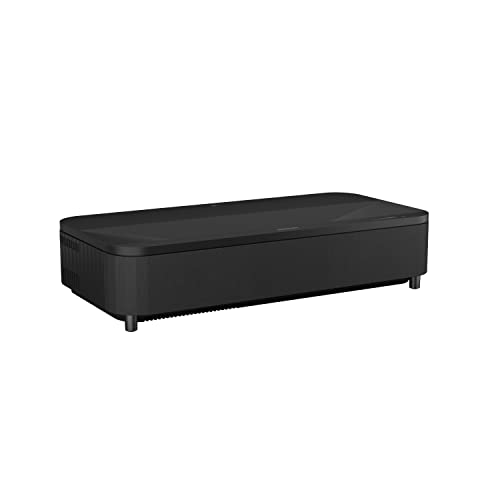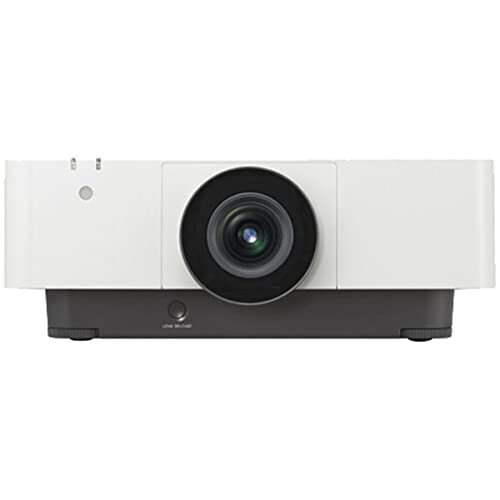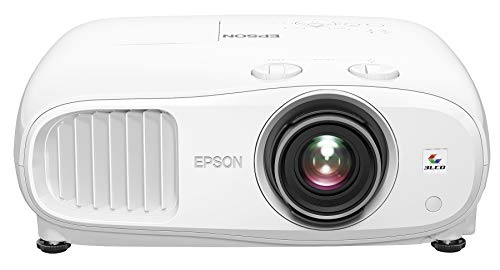Many consumers face the decision between purchasing a wireless projector vs a wired projector, but wireless projectors or WiFi projectors may not match your expectations. Rather than being a completely wire-free device, the projectors have a power cable that can wirelessly connect to devices to show their screen or other content. The best projectors within this category work similarly to AirPlay, GoogleCast, and SmartCast, specifically designed for the projector itself. Another consideration is whether you want a video projector for gaming vs. a home theater.
Key Takeaways_
- Wireless projectors have recently been introduced as a way to cast to your projector from various smart devices.
- If you have an HDMI device that can’t be connected wirelessly, you may be able to do so using a wireless adapter.
- Wired projection connects to various input devices using HDMI and other ports on the device.
Wired & Wireless Projectors Compared
Both wireless and wired versions allow you to watch your desired content on the semi-big screen using a stationary or portable projector. However, the difference lies in the connectivity of the projectors themselves. Wired projectors rely on audio-visual connections, such as video graphics displays (VGAs,) HDMI, USB, components, and display ports.
insider tip
Wireless projectors can connect to your smart device using casting or screen sharing.
If you are planning to use your top Panasonic projector with a variety of devices, you will want multiple ports for whatever types of displays your devices use. The other option falls with wireless connectivity, but it only works for supported devices. Whatever your desired solution, you will have to decide between a fixed screen vs a pull-down for a projector.
Streaming Content to Wired and Wireless Projectors
Wireless projectors can connect to your smart devices, such as your laptop, computer, tablet, or phone. When you want to watch your favorite movies or use your favorite applications, it’s as simple as using screen sharing or casting to get the picture on the screen.
STAT: It’s easy to project content from your iOS or Android™ mobile device with the free Epson iProjection App and any nearby wireless Epson projector. (source)
Meanwhile, wired versions require you to purchase a connecting box or stick to play content on the screen. These devices are relatively easy to purchase but take up one of your available input spots for the projector and require a WiFi connection.
USB Content for Wired and Wireless Projectors
Like a memory stick, a USB device stores images to be projected onto a screen. The good news when it comes to wireless projection is most content that would be on a USB device comes from a computer. Although wireless projectors may not include a USB port, you can either run the content from the USB using your computer or eliminate the USB memory device completely by sharing your computer screen. Most newer laptops and computer models enable screen sharing.
HDMI for Projection
Most wired projectors feature at least one HDMI port. A video game console, cable box, Blu-Ray player, DVD player, and computer can all connect to a projector using an HDMI port.
warning
Wireless projectors cannot connect wirelessly to HDMI-display devices, but you can purchase a wireless adaptor.
With a wireless projector, you may not be able to access all of this content without an additional way to connect. Because of this lack of connectivity, you should consider a projector that can connect wirelessly or using wires. You can also find a wireless HDMI adapter, including a receiver and transmitter.
Other Connection Types
Devices that connect using either VGA or component ports may not be able to connect to newer wired projectors and cannot connect to wireless ones. To watch content from one of these devices, you probably need to find a VGA adapter or component to HDMI, depending on the desired source device. Similarly to wireless HDMI, you can find wireless VGA adapters that include a transmitter and receiver. Unfortunately, there aren’t any RCA component wireless adapters, so you will still need a wired connection or HDMI adapter for this content.

